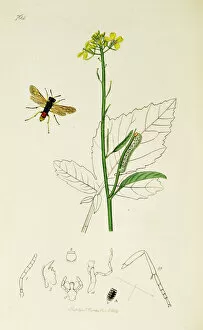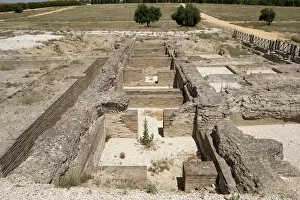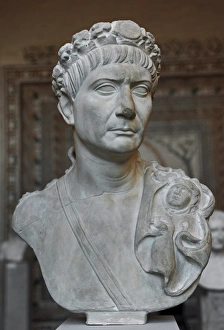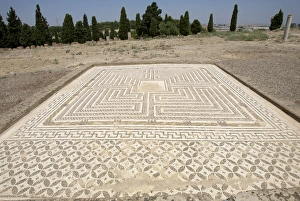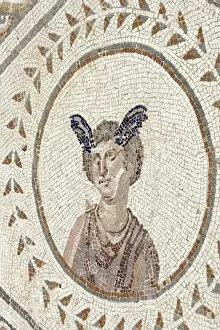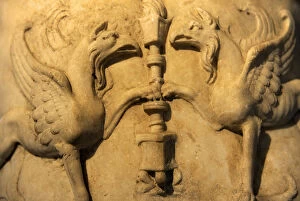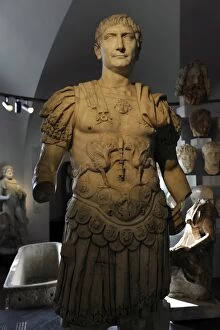Baetica Collection
"Baetica: A Glimpse into the Ancient Age of Romans in Andalusia" Step back in time to the 1st century BC and 2nd AD, where the ancient region thrived under Roman rule
All Professionally Made to Order for Quick Shipping
"Baetica: A Glimpse into the Ancient Age of Romans in Andalusia" Step back in time to the 1st century BC and 2nd AD, where the ancient region thrived under Roman rule. Trajan, a prominent Roman emperor from 98-117, left his mark on this land through magnificent engravings that still captivate us today. One such engraving is a bust of Trajan himself, showcasing his powerful presence and influence. Curtis British Entomology Plate 764 reveals the intricate beauty of nature during this era. The city of Italica, founded around 206 BC in Spain's Andalusia region, boasted impressive structures like thermae and large houses. The remnants of these architectural wonders transport us to a time when opulence was paramount. Even everyday objects hold historical significance - a Roman weight for a loom discovered in Alcolea del Rio showcases their advanced craftsmanship and attention to detail. Roman art flourished throughout Baetica as seen in the necropolis of Carmona. An urn dating back to 206 AD stands as a testament to their artistic prowess and reverence for the deceased. As centuries passed, Visigothic influences emerged in Andalusia. Liturgical vases from the 7th century showcase their unique style while bronze horse bits provide insight into their equestrian culture during the 4th-5th centuries. Italica's House of Neptune mesmerizes with its labyrinth mosaic - an intricate design that speaks volumes about their love for grandeur and aesthetics. Meanwhile, within Italica's House of P lies evidence of domestic life during this period - giving us glimpses into how people lived and interacted within these ancient walls. Religious history also played its part in shaping Baetica's identity. The Synod of Elvira held approximately between 305-306 left behind colored engravings that shed light on the spiritual practices of this era.



